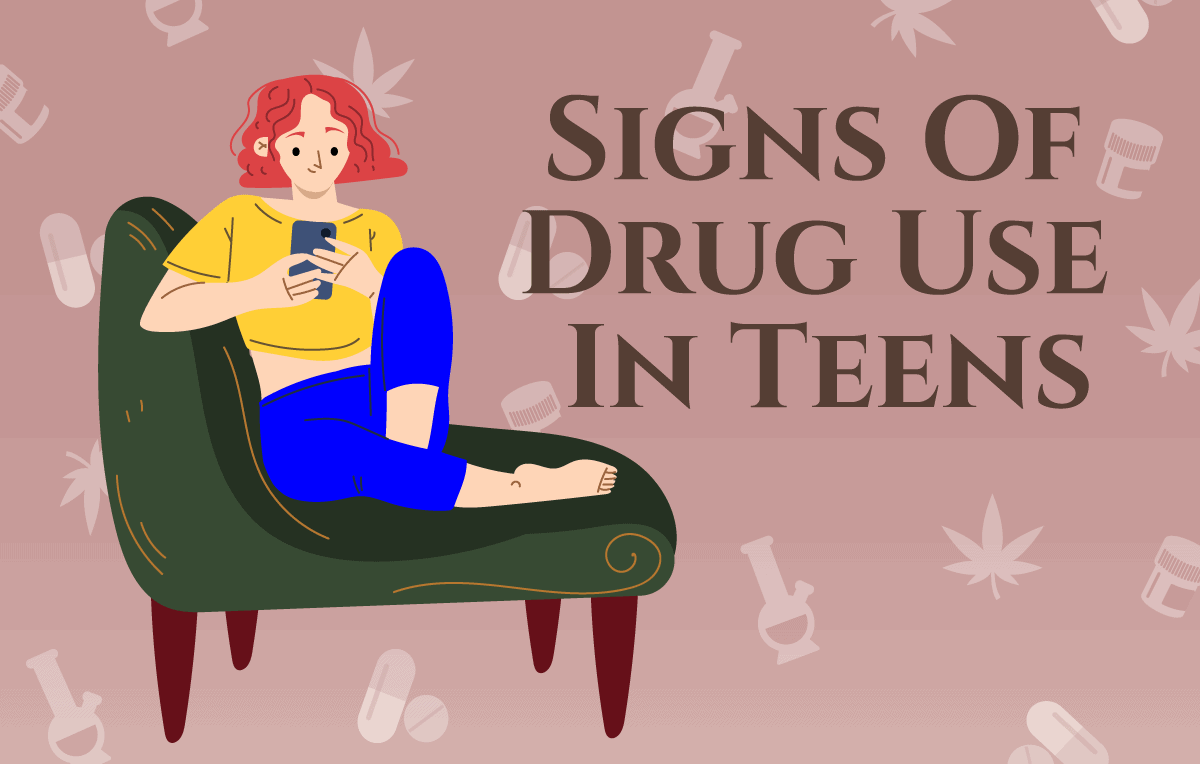
Being a parent is terrifying. Wonderful, but terrifying. When they’re little, we’re watching them at every moment, hoping they won’t stick their fingers in a socket or put random objects in their mouth. We want so badly to protect them that we buy video baby monitors, child-proof toilet seats, outlet covers, and bumpers for our coffee tables. As parents, we know that taking our eyes off them for even a moment could mean catastrophe. As long as we can watch them, we can keep them safe. Unfortunately, we can’t do that forever.
The scariest time for parents is arguably when their children reach adolescence or young adulthood. It’s when we begin to give them more freedom, trust that we’ve taught them enough to care for themselves, and hope they’ll make good decisions when we’re not around.
Unfortunately, we can’t always prevent them from surrendering to things like peer pressure, drug culture, or temptations. Unlike when they were little, we can’t keep our eyes on them 100% of the time. Is everything we’ve taught them enough to keep them safe?
In the US, almost 8% of all adolescents and teens have used illicit drugs within the last month, and that’s not a small number. Certain risk factors can contribute to the use of opioids, stimulants, or marijuana in teens, but even without risk factors, there’s still a chance of it happening. At Roots Renewal Ranch, we know how difficult it can be to detect whether or not your teen is participating in substance use. Let’s talk about some common signs of drug use in teens and what you can do to help.

Early Signs of Teen Drug Use
Recognizing early signs of drug use in teens isn’t exactly easy. Adolescent and teen behaviors change faster than we can change the oil in our cars – and for good reason. The brains of teen girls are flooded with hormones like estrogen and progesterone. These hormones prompt teens to participate in emotionally-charged experiences and activities. This means that their behaviors won’t always be the #1 indicator of whether or not they’re using drugs.
Early signs of drug use look a lot like normal, teenage, hormonal changes. Your teen might start isolating or sleeping more. She might show signs of anger or irritation. Her eating habits could change, and she may start losing weight. You might notice a change in her group of friends and how she dresses. Her taste in music could change.
In these early stages of drug use, communication is key. If you suspect something is going on, talk to her about it. Try not to give advice unless she asks, and avoid passing judgment on her. Sometimes, all someone needs is another person who loves them, listens to them, and supports them. Don’t hesitate to find a therapist who can help your daughter navigate these changes and discover healthy coping mechanisms.
Substance Use Disorder in Teens
A substance use disorder (SUD) is different from experimentation with drugs. When someone develops a SUD, it’s because they’ve become dependent on a substance to the point of it negatively impacting their life. Looking for signs of a SUD in teens is similar to looking for the signs in adults – there are physical, hygienic, and behavioral changes you can keep an eye out for.
Keep in mind that if your daughter is exhibiting some of these signs, it doesn’t necessarily mean she’s using drugs. It could simply mean that she’s struggling in other areas and could use some extra help. However, if you’re noticing some of these things regularly, or if they’ve gotten progressively worse, it might be time to address a potential drug (or alcohol) issue.

Physical Health
Anyone who is regularly using drugs is at risk for a decline in their physical health. Opioids, for example, directly interact with the central nervous system (CNS). Those who use opioids on a regular basis can show signs of respiratory, gastrointestinal, and cardiovascular distress. Let’s take a closer look at some common health problems associated with drug use:
- Fatigue or complete loss of energy
- Tremors/shaking/muscle spasms
- Tachycardia or bradycardia (fast or slow heart rate)
- Damage to the intestines or stomach lining
- Weight loss
- Loss of consciousness or fainting
- Migraines
- Nightmares and insomnia
Hygiene and Appearance
Some drugs can have an effect on appearance. Meth, for example, can cause weight loss, bags under the eyes, and dental issues. Hygiene is often neglected when someone is regularly using drugs because the drug becomes the priority. Things that were once important, like showering or self-care, often fall by the wayside. Changes in hygiene and appearance might look like:
- Dark spots, uneven skin tone, chapped lips, or scars
- Significant weight loss
- Dark circles under the eyes
- Hair loss/thinning
- Pale skin
- Cuts, scabs, or scars (especially around inner arms or feet)
There are other changes in appearance or hygiene that almost directly mimic teen hormone responses, so if you notice acne, a lack of showering or wearing clean clothes, red spots, or oily hair, it doesn’t mean your daughter is involved in substance use. Many of the signs above could also be symptoms of other issues. If you’re concerned, check with your child’s physician.
Behavioral Changes
As mentioned earlier, the behavioral changes caused by substance use can look a lot like normal adolescence. However, if you see these changes alongside physical, hygiene, or appearance changes, it could be a sign that your daughter is living with a substance use disorder.
- Loss of interest in hobbies or things she usually enjoys
- Isolation or avoiding friends
- A sudden change in friends or activities
- Low self-esteem
- A drop in grades
- A sudden disinterest in extracurricular activities
- A sudden pattern of risk-taking

Getting Substance Use Help for My Teen Girl
Finding out your daughter is living with a SUD can feel scary, but it’s treatable. Roots offers life-saving addiction treatment in a beautiful, safe, and healing environment. Here, she’ll learn about addiction, how to manage the thoughts that led her to use drugs, and how to utilize healthy coping mechanisms in place of unhealthy substances.
Through a comprehensive, whole-child (biological-psychological-social-spiritual) approach, provided in a safe, nurturing, and undistracted environment, the girls at Roots will journey through their life story, discover their core roots, create a loving sense of self, reconnect with family and community, build hope in a healthy and purposeful life, and develop a firm belief that they are enough.
At Roots Renewal Ranch, we use a comprehensive whole-child approach to implement a safe, nurturing, and distraction-free environment for emotional growth and healing. We want your daughter to journey through her story and discover a loving sense of self. Here, we build hope in a healthy and purposeful life while helping your daughter develop the whole-hearted belief that she is worthy of love and happiness. If you think your daughter could benefit from substance use disorder treatment, call us today at 888-399-0489 so we can help.

Frequently Asked Questions
How does my teen daughter get access to illegal drugs?
Teens can find drugs in their own homes, in the homes of friends, through online pharmacies or the dark web, at school, and more. They can also buy over-the-counter medications and use them to make stimulant drugs like meth.
What are the easiest drugs that my teen daughter has access to?
Medicine cabinets frequently have opioids or benzodiazepines, and teens can find these either at home or at friends’ houses.
How and where to look for signs of drug use?
You can look for changes in your daughter’s appearance, behaviors, and physical health that point to drug use. You can also keep your eye out for drug paraphernalia (like needles, spoons, or tourniquets) at home.
